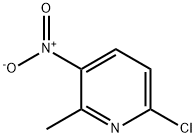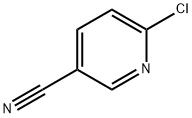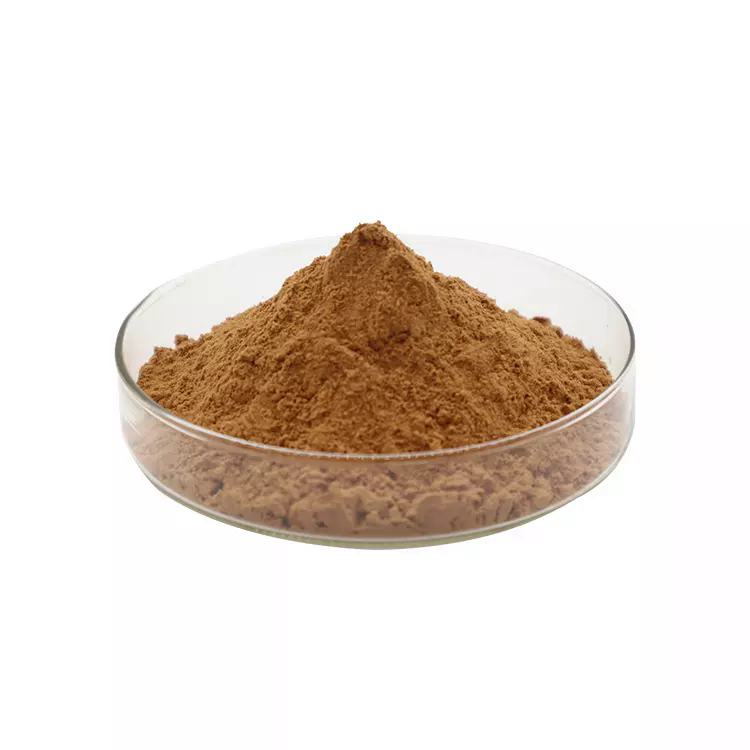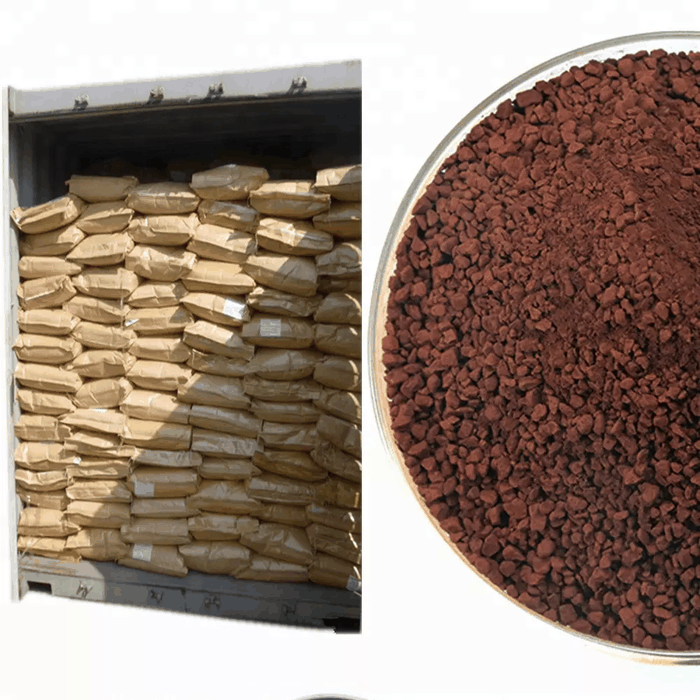6-Chloro-2-methyl-3-nitropyridine
- CAS NO.:22280-60-0
- Empirical Formula: C6H5ClN2O2
- Molecular Weight: 172.57
- MDL number: MFCD00234160
- SAFETY DATA SHEET (SDS)
- Update Date: 2024-12-06 22:41:32

What is 6-Chloro-2-methyl-3-nitropyridine?
Chemical properties
Light yellow Cryst
The Uses of 6-Chloro-2-methyl-3-nitropyridine
6-Chloro-2-methyl-3-nitropyridine has been used as a reactant for the synthesis of fluorine-containing pyridinealdoxime derivatives as treatment of organophosphorus nerve-agent poisoning.
Preparation
A mixture of 2-oxo-5-nitro-6-methyl-1,2-dihydropyridine, phosphorous oxychloride, and phosphorous pentachloride was heated at 110° C for 2 hours, whereupon the reaction mixture was charged with an additional portion of phosphorous pentachloride and phosphorous oxychloride. The reaction was stirred for 1 hour and then poured into ice water. The brown solid was filtered and washed with cold water, to give 6-Chloro-2-methyl-3-nitropyridine (94%).
Properties of 6-Chloro-2-methyl-3-nitropyridine
| Melting point: | 54-58 °C |
| Boiling point: | 200°C (rough estimate) |
| Density | 1.5610 (rough estimate) |
| refractive index | 1.5500 (estimate) |
| storage temp. | Keep in dark place,Sealed in dry,Room Temperature |
| pka | -3.26±0.10(Predicted) |
| form | Powder |
| color | Light beige to brown |
| InChI | InChI=1S/C6H5ClN2O2/c1-4-5(9(10)11)2-3-6(7)8-4/h2-3H,1H3 |
| CAS DataBase Reference | 22280-60-0(CAS DataBase Reference) |
Safety information for 6-Chloro-2-methyl-3-nitropyridine
| Signal word | Warning |
| Pictogram(s) |
 Skull and Crossbones Acute Toxicity GHS06  Exclamation Mark Irritant GHS07 |
| GHS Hazard Statements |
H301:Acute toxicity,oral H315:Skin corrosion/irritation H319:Serious eye damage/eye irritation H335:Specific target organ toxicity, single exposure;Respiratory tract irritation |
| Precautionary Statement Codes |
P261:Avoid breathing dust/fume/gas/mist/vapours/spray. P264:Wash hands thoroughly after handling. P264:Wash skin thouroughly after handling. P280:Wear protective gloves/protective clothing/eye protection/face protection. P305+P351+P338:IF IN EYES: Rinse cautiously with water for several minutes. Remove contact lenses, if present and easy to do. Continuerinsing. P405:Store locked up. |
Computed Descriptors for 6-Chloro-2-methyl-3-nitropyridine
| InChIKey | GHSRMSJVYMITDX-UHFFFAOYSA-N |
| SMILES | C1(C)=NC(Cl)=CC=C1[N+]([O-])=O |
New Products
3-Iodophenylacetic acid 3-Pyridineacetonitrile, α-hydroxy- 2-Propanamine, 1-chloro-, hydrochloride (9CI) 3-(hexyloxy)-4-(pyridin-3-yl)-1,2,5-thiadiazole 2-Hexyn-1-ol Dibenzo-18-crown-6 Nickel(II) perchlorate hexahydrate, 98% 4-Bromophenylacetonitrile, 95% 3-Bromo-4-fluoroaniline, 97% Sodium tetraborate decahydrate, 98% Palladium(II) acetate, trimer, Pd 99% 4-Bromo-2-chlorotoluene, 97% N N Dimethylformamide Dimethyl Acetal (Dmf Dma) 2,3-Dichloro Benzoyl Cyanide [Side Chain] Bis(2-Chloroethyl) Amine Hydrochloride L-Glutamic Acid Diethyl Ester Hydrochloride 5-(Difluoromethoxy)-2-Mercaptobenzimidazole 1-Ethyl-3-(3-Dimethylaminopropyl)-Carbodiimide Hydrochloride [EDC Hcl] 1,4-Napthoquinone Bromoiodomethane Sodium Bicarbonate Methylene Dichloride (MDC) Ethyl Acetate Indole-3-Carbinol (I3C)Related products of tetrahydrofuran








You may like
-
 22280-60-0 2-Chloro-6-methyl-5-nitro pyridine 98%View Details
22280-60-0 2-Chloro-6-methyl-5-nitro pyridine 98%View Details
22280-60-0 -
 22280-60-0 98%View Details
22280-60-0 98%View Details
22280-60-0 -
 22280-60-0 2-Chloro-6-methyl-5-nitropyridine 99%View Details
22280-60-0 2-Chloro-6-methyl-5-nitropyridine 99%View Details
22280-60-0 -
 2-Chloro-6-Methyl-5-Nitropyridine 99%View Details
2-Chloro-6-Methyl-5-Nitropyridine 99%View Details
22280-60-0 -
 2-CHLORO-6-METHYL-5-NITROPYRIDINE 22280-60-0 99%View Details
2-CHLORO-6-METHYL-5-NITROPYRIDINE 22280-60-0 99%View Details
22280-60-0 -
 2-Chloro-6-methyl-5-nitro pyridine 22280-60-0 99%View Details
2-Chloro-6-methyl-5-nitro pyridine 22280-60-0 99%View Details
22280-60-0 -
 6-Chloro-2-methyl-3-nitropyridine CAS 22280-60-0View Details
6-Chloro-2-methyl-3-nitropyridine CAS 22280-60-0View Details
22280-60-0 -
 22280-60-0 98%View Details
22280-60-0 98%View Details
22280-60-0
Statement: All products displayed on this website are only used for non medical purposes such as industrial applications or scientific research, and cannot be used for clinical diagnosis or treatment of humans or animals. They are not medicinal or edible.
